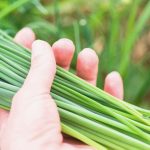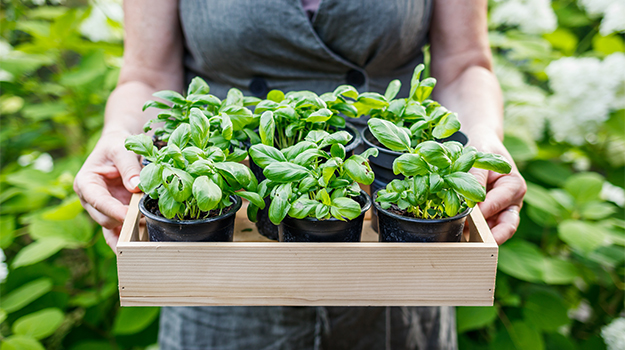

Found this useful?
Please share it.
Growing basil is a relatively straightforward process, and it’s a popular herb to have in your garden or as a potted plant. Here’s a step-by-step guide on how to grow basil:
Remember that basil is an annual plant, and it will typically bolt (produce flowers and go to seed) as the weather warms up. To extend the growing season, continually harvest the leaves and pinch back the flowers. If you want to have fresh basil throughout the year, consider growing it indoors in a sunny location.
Great tips, articles, product information and more. Working towards a greater state of holistic health.